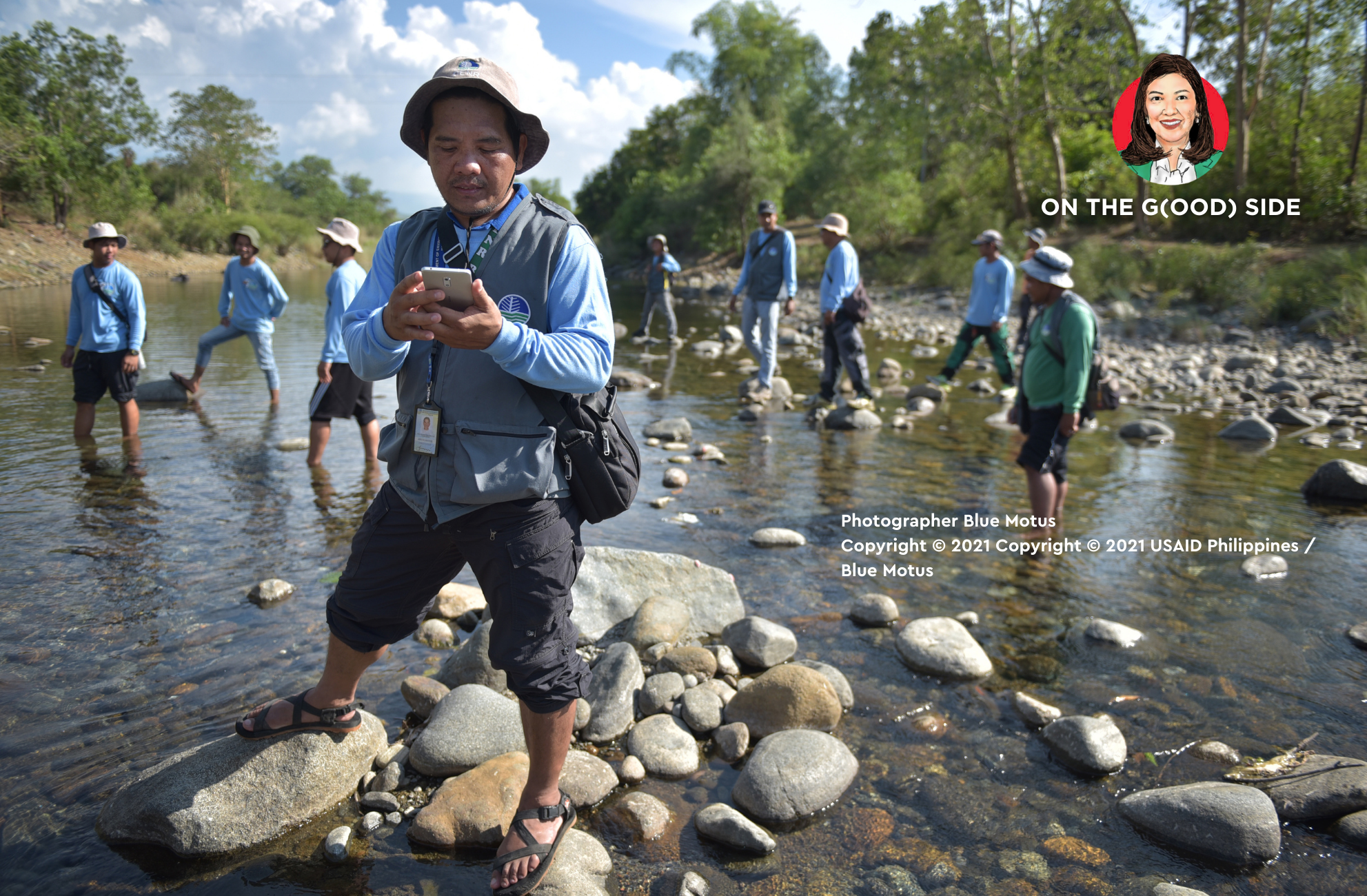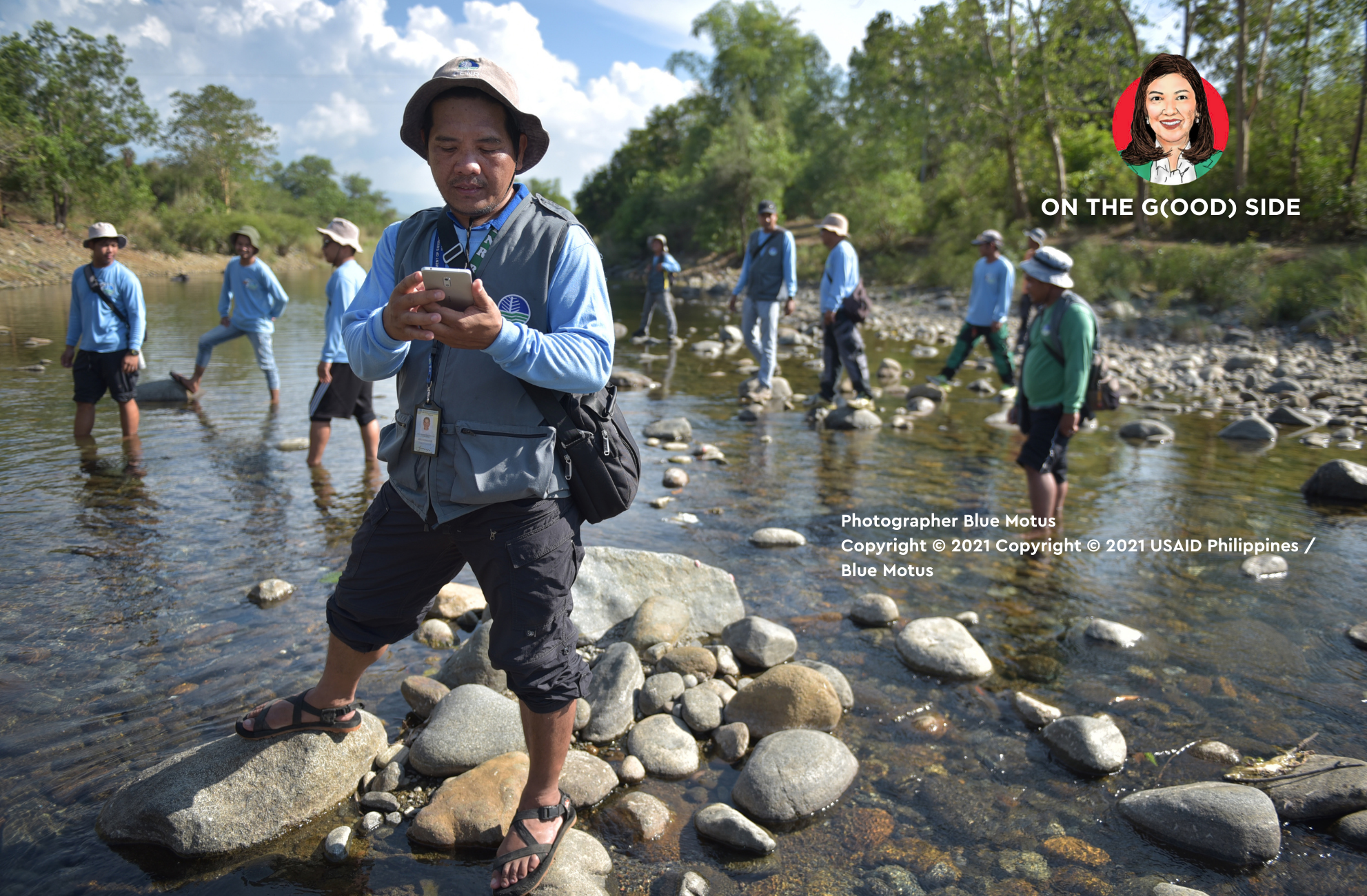By Ginggay Hontiveros-Malvar, Chief Reputation and Sustainability Officer, Aboitiz Group and President, Aboitiz Foundation
This article was originally published on the author’s Tribune.net column ‘On the G(ood) Side’.

Drones are revolutionizing the management of the Amazon rainforest, often described as the earth’s lungs. The Rainforest Foundation is using them to monitor targeted areas of the Amazon.
Forests are the lungs of our planet, playing a pivotal role in sustaining ecological balance and supporting life. However, with the increasing threats of deforestation, climate change and biodiversity loss, protecting these vital ecosystems has never been more critical.
Around the globe, innovative solutions are being deployed to monitor, manage and protect forests. The Brazilian government has been using state of the art technology to create models on the probability of forest fires. Using data obtained from web-based monitoring systems, national agencies can respond quickly to deforestation and other threats.
Drones are revolutionizing the management of the Amazon rainforest, often described as the earth’s lungs. The Rainforest Foundation is using them to monitor targeted areas of the Amazon. Equipped with high-resolution cameras and advanced sensors, drones capture detailed images and data that are then analyzed to identify signs of illegal logging. Information is relayed to local authorities and conservation teams once an area of concern has been spotted so they can take action.
Following the devastating wildfires of late 2019 and early 2020, Australia’s national science agency, CSIRO, updated its artificial intelligence model, Vesta Mark 2, to predict bushfire speed and behavior. This system combines historical data with weather forecasts and forest cover information, allowing authorities to anticipate and mitigate fire damage.
Artificial intelligence, machine learning and computer vision are also emerging as game-changers, providing unprecedented insights into forest health and aiding in the detection of illegal activities such as logging and poaching.
In the Philippines, the Department of Environment and Natural Resources partnered with USAID (United States Agency for International Development) for the development of Landscape and Wildlife Information System (Lawin), a web-based mobile application.
Lawin has been a game-changer in terms of technology application in conservation. Using open-source software, forest guards are able to collect data and provide real-time feedback to decision makers on forest conservation. It has been instrumental in reducing illegal logging activities and accelerating the recovery of wildlife populations in Northern Sierra Madre Natural Park, the largest and most diverse protected area in the Philippines.
The Aboitiz Group looks forward to harnessing technology in its partnership with the Cebu provincial government for Carbon PH, a large-scale reforestation and watershed recovery project. Restoring the forest cover of the Central Cebu Protected Landscape may be a daunting task due to its vastness, but by scaling up models like Lawin and fostering public-private partnerships, we can forge a sustainable path for forest conservation.
As we look to the future, technological tools will increasingly play a crucial role in environmental conservation. The Philippines can leverage its rich biodiversity and technological advancements to become a leader in forest protection. With the right support and commitment, the Philippines can harness the power of technology to ensure its forests thrive for generations to come.


